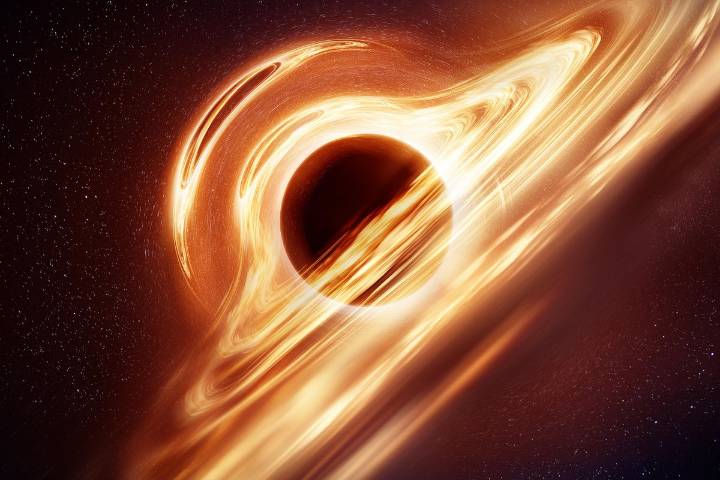Since its launch in late 2021, the James Webb Space Telescope (JWST) has been glimpsing some of the earliest epochs of cosmic time. Its observations have stretched cosmologists' timelines of when galaxies may have first started to form . And now some of the telescope’s farthest observations yet have revealed sources of blue ultraviolet light from an epoch when stars shouldn’t have existed yet.
The observations indicate nine new light sources, with six at redshift 17 and three at redshift 25, when the universe was only 200 million to 100 million years old. “It’s the deepest by a factor of a few compared to any other data obtained by JWST in the whole mission ,” says Pablo Pérez-González, an astrophysicist at the Center for Astrobiology in Madrid. He is lead author of a preprint pape

 Scientific American Health
Scientific American Health

 KRWG Public Media
KRWG Public Media Associated Press US News
Associated Press US News MLB
MLB Fit&Well
Fit&Well